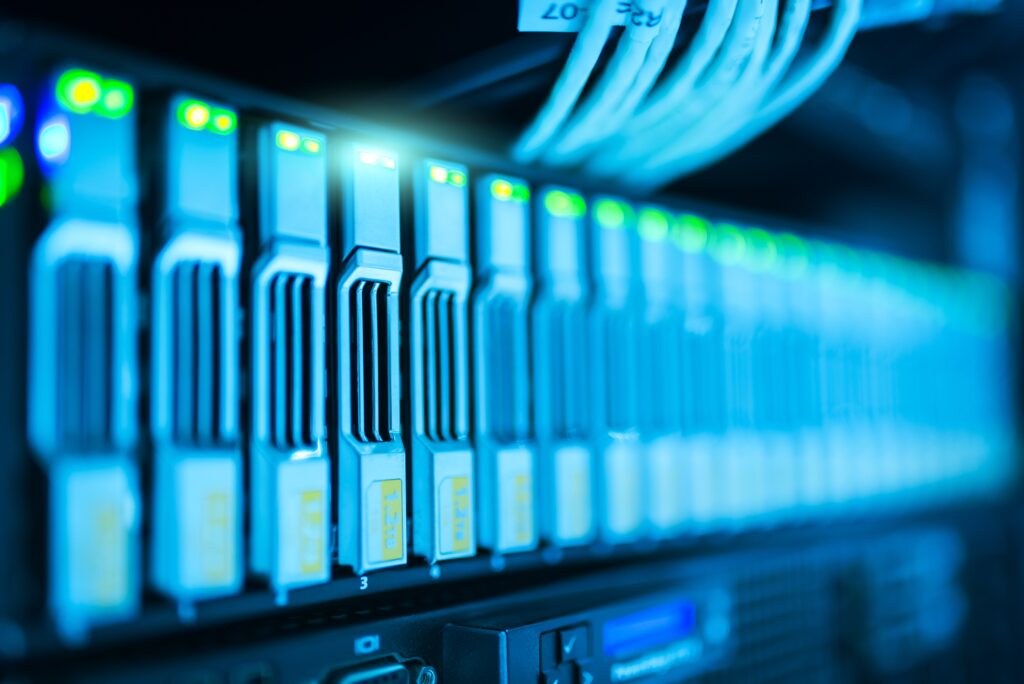In today’s world, free Wi-Fi is available everywhere. It is normally available in shopping malls, airports, restaurants, coffee shops, libraries, public transport, or hotel rooms. These networks are used by millions of people on a daily basis. Despite their convenience and whether a password is required, these networks are not secured. Without adequate protection, you are risking your online privacy and money. This blog will cover ways hackers can steal your identity and what you can do to prevent them from doing so.
How Hackers Can Use Public Wi-Fi to Steal Your Identity
In general, cyber-criminals can either hack the devices connected to the same network or create a fake Wi-Fi hotspot to lure users in. The reasons for them to opt for these two methods are as follows:
1. Hacking the devices on the same network
It is in the hackers’ best interest to gain access to a network that already has multiple users connected, such as public Wi-Fi networks. It is both easier and more convenient for them to deploy their tactics and take control of all the data transmission over such networks. A common approach used by hackers is to intercept data on the same network, which is known as the man in the middle (MITM). By intercepting the communications between public Wi-Fi users and public Wi-Fi routers, the hackers can capture and view all incoming and outgoing data. Another risk involved with public Wi-Fi is the ability to share files. If file sharing is enabled on the network, hackers can also send you files that are embedded with malware.
2. Hacking through a fake Wi-Fi access point
Another technique hackers implement is to create a fake network acting as a public Wi-Fi. Once unsuspecting users join said network, the hackers can gain access to their data, such as personal information, social network accounts, and financial credentials. Similar to the previous method mentioned, the hacker can access your files if you have your file sharing enabled. They can also send you false warnings in the form of system updates. However, instead of installing updates, malicious software will be installed to transmit your information in real-time.
6 Tips to Keep Your Data Safe on Public Wi-Fi
If you cannot avoid public Wi-Fi networks altogether, you should at least check the following to ensure that your devices are well-protected prior to connecting to a public Wi-Fi. Below are five useful tips you can follow to de-risk. If you are concerned about network security or malware, please reach out to CROS for professional IT support for home users.
1. Verify the network name or IP address
It is necessary to verify the network name or the IP address before you choose to connect to it. This step helps lower the risk of being lured into using fake Wi-Fi created by hackers. In order to prevent potential data leakage, you should read the network name carefully, and, if possible, ask an employee of the business if it is the right network to connect to. It is also possible for you to verify the IP address.
2. Turn off file sharing
Another method that will lower the risk from both hacking techniques is to turn off the sharing preference. Once you have verified the network name or IP address, you should turn off File Sharing by either through system preferences for Mac devices or the control panel for Windows computers. Below is the step-by-step approach to turn off the file sharing on Windows.
2.1 Open Control Panel
2.2 Select Network and Sharing Center
2.3 Click Change advanced sharing settings
2.4 Ensure that the file and printer sharing is turned off
3. Use a VPN
Using a Virtual Private Network (VPN) can help secure your data even on a public network. If you would like to learn more about the VPN and how it works, please refer to “Internet Security for Home Users – VPN 101” here. In short, VPN helps home users prevent data leakage even when they log on to public Wi-Fi. If you are interested in a VPN subscription, you can follow our general guide to set up and start using a VPN here.
4. Only visit sites that are encrypted
If you do not have access to a VPN, you can limit to visiting encrypted sites as those sites can help protect your data and online activities from hackers to an extent. In order to verify if a site is encrypted, examine the beginning of the address. If you see “HTTPS”, it means that the connection between the browser and the server is safe from third-party tampering. Most browsers will include a padlock symbol to indicate that their websites are safe to browse.
5. Enable firewall
A firewall prevents unauthorized access to your system and should always be enabled. If you would like to learn more about firewalls, please refer to another blog here. The blog will also walk you through steps you can take to enable the firewall on your devices.
6. Use antivirus software
Installing antivirus can offer you better overall protection, especially when you are using unsecured networks like public Wi-Fi. The software can detect malware that got on your system through a shared network. It is important for any users to take precautions, such as making sure they are using the latest version of the antivirus software. This is to optimize the protection from external threats. Typically, the software will notify you if it either finds malware or detects any suspicious activities on your system.

